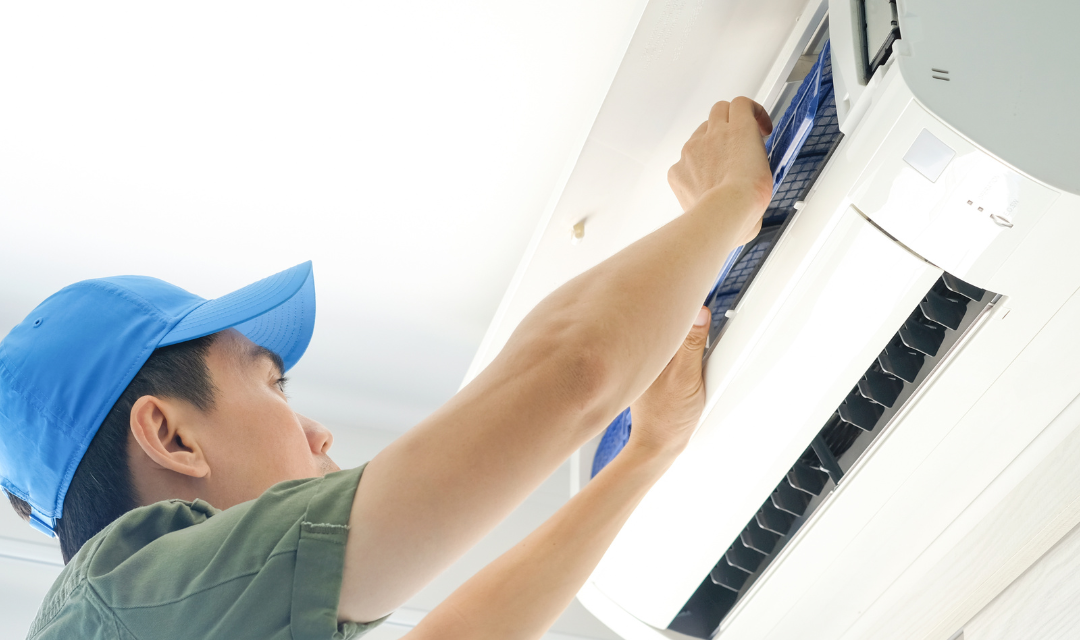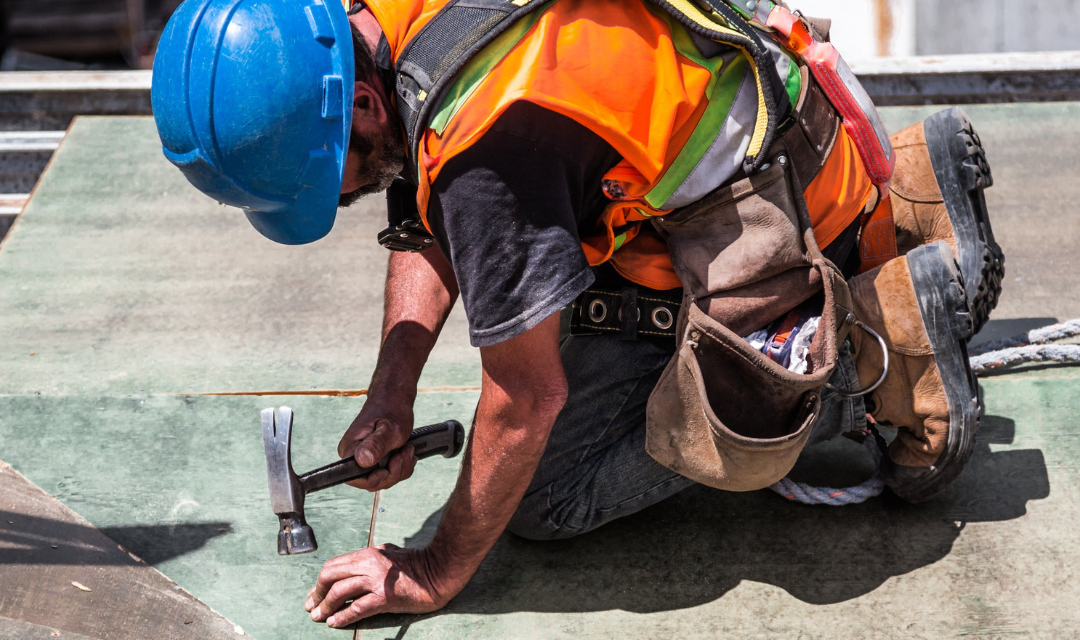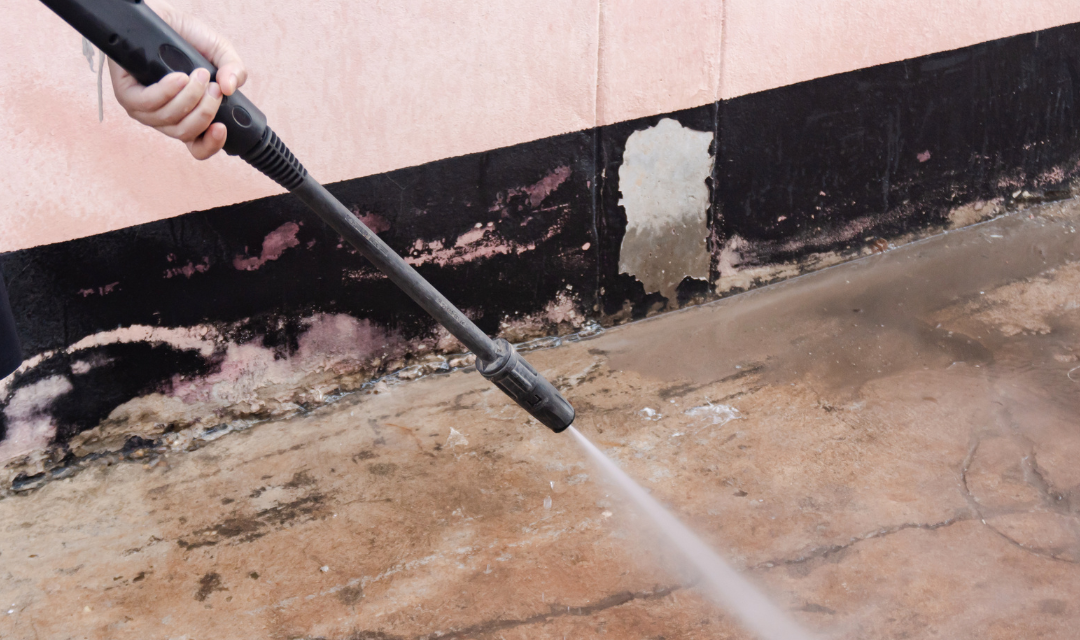
A well-maintained home isn’t just about appearances—it’s about safety, functionality, and long-term value. This guide will walk you through essential household maintenance practices, from preventive care to specific system repairs. Whether you’re a homeowner, a DIY enthusiast, or a property manager, these tips will help you address common issues and maintain your property effectively.
Types of Household Maintenance
1. Preventive Maintenance
Preventive maintenance involves regular tasks designed to prevent major problems before they happen. Key activities include:
- Cleaning gutters to avoid water damage and mold growth.
- Inspecting roofing for loose or missing shingles.
- Changing HVAC filters to maintain air quality and system efficiency.
2. Corrective Maintenance
Corrective maintenance involves fixing problems after they occur. Examples include:
- Repairing leaky faucets to conserve water.
- Fixing broken dishwashers to restore function.
- Unclogging blocked drains to prevent further damage.
3. Predictive Maintenance
This involves using technology or routine checks to predict potential issues. For example:
- Monitoring HVAC systems for unusual sounds or performance changes.
- Checking water heater functionality for inconsistent heating.
- Inspecting electrical panels for flickering lights or tripped breakers.
Key Maintenance Areas
1. HVAC Systems
- Inspection & Cleaning: Check filters monthly and clean ducts annually.
- Calibrating Thermostats: Ensure your thermostat is properly adjusted to avoid overuse.
- Scheduling Preventive Service: Have a professional inspect your heating and cooling systems annually.
2. Plumbing
- Leak Detection: Inspect pipes under sinks and behind appliances for drips or puddles.
- Blocked Drains: Use a plunger or a drain snake to clear minor clogs.
- Regulatory Compliance: Ensure outdoor plumbing meets local codes, particularly for garden irrigation systems.
3. Roof Maintenance
- Inspection: Check for cracked or missing shingles at least twice a year.
- Cleaning Gutters: Remove leaves and debris every spring and fall to prevent water backups.
- Component Replacement: Replace damaged flashing to avoid leaks.
4. Electrical Systems
- Safety Checks: Test smoke and carbon monoxide detectors every six months.
- Wiring Issues: Address frayed or exposed wiring immediately with professional help.
- Power Outages: Inspect circuit breakers and replace or reset them as needed.
5. Appliances
- Dryer Vents: Clean lint traps after every use, and clear the vent hose annually.
- Dishwashers: Wipe food debris from filters weekly to prevent clogs.
- Water Heaters: Drain the tank annually to remove sediment and extend its lifespan.
Maintenance Tasks You Shouldn’t Overlook
- Cleaning and Lubrication:
- Lubricate door hinges to avoid squeaking.
- Clean windows and tracks for smooth operation.
- Calibration and Adjustments:
- Adjust windows and doors to ensure they close and seal properly.
- Calibrate appliances such as ovens and refrigerators for optimal performance.
- Safety and Compliance:
- Test GFCI outlets monthly for electrical safety.
- Ensure your home meets local fire and building code safety requirements.
Asset Management and Inventory
Maintaining an organized approach to parts and tools can save time and money:
- Parts Inventory: Keep a stock of essentials like air filters, light bulbs, and basic plumbing supplies.
- Maintenance Schedule: Use apps or calendars to plan routine tasks and mark when items like roof inspections are due.
Troubleshooting Common Issues
- Clogged Gutters:
- Solution: Use a ladder and gloves to remove debris manually or with a gutter scoop.
- Mold Growth:
- Solution: Scrub affected areas with a bleach solution and address the root cause, such as poor ventilation.
- Faulty Heating Systems:
- Solution: Check for dirty filters or pilot light issues. Call a technician if problems persist.
- Leaking Pipes:
- Solution: Tighten loose connections or use plumbing tape as a temporary fix until professional help arrives.
- Roof Damage:
- Solution: Replace missing shingles and seal small cracks with roofing caulk.
Final Thoughts
A well-maintained home not only improves your living experience but also preserves your property’s value. By following these steps, you can tackle day-to-day repairs and safeguard against costly long-term damage.
Stay on top of your household maintenance and enjoy a safer, more efficient home for years to come.
continue reading
Related Posts
Curabitur aliquet quam id dui posuere blandit mauris blandit aliquet elit.
Curabitur aliquet quam id dui posuere blandit mauris blandit aliquet elit.
Curabitur aliquet quam id dui posuere blandit mauris blandit aliquet elit.




